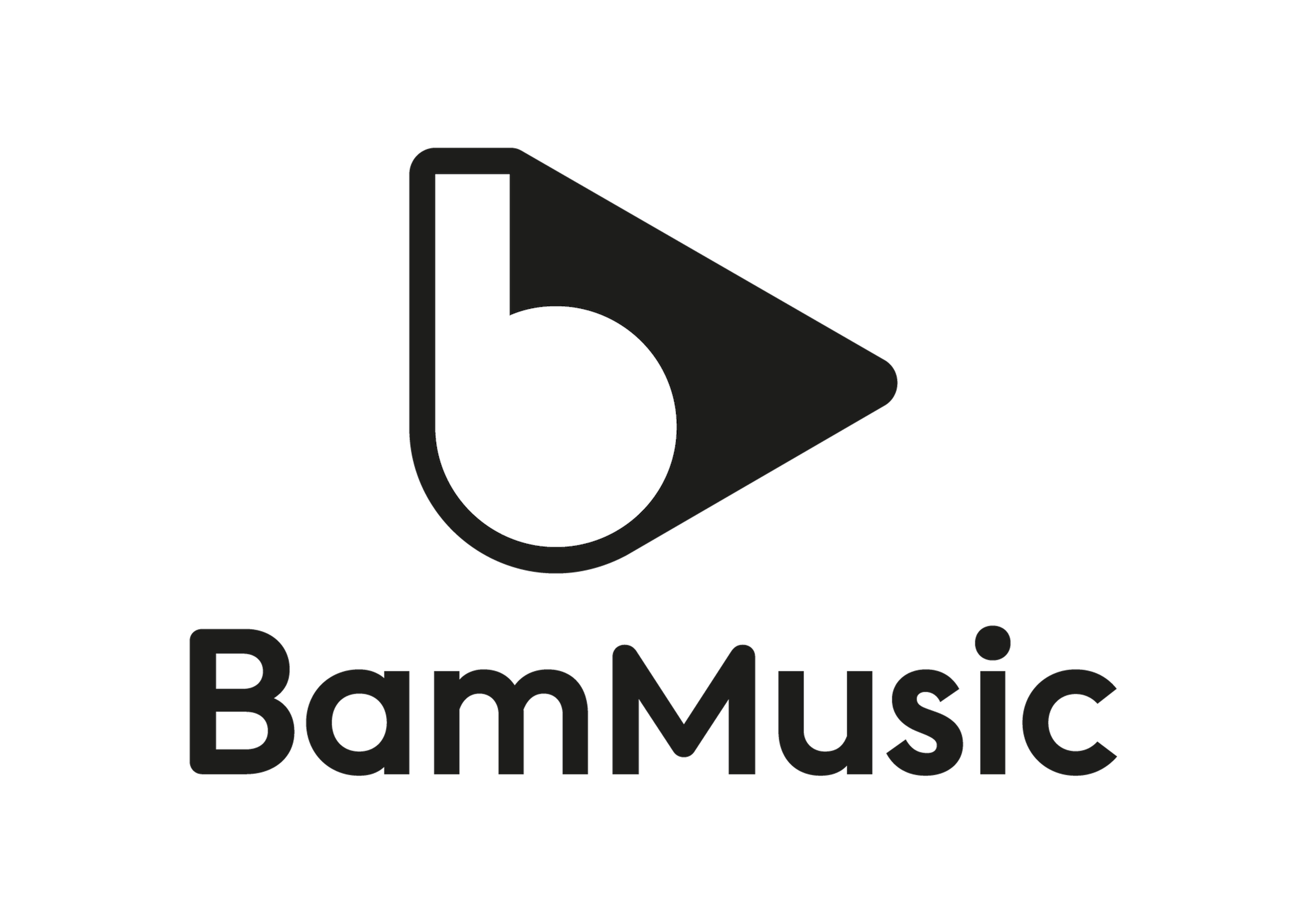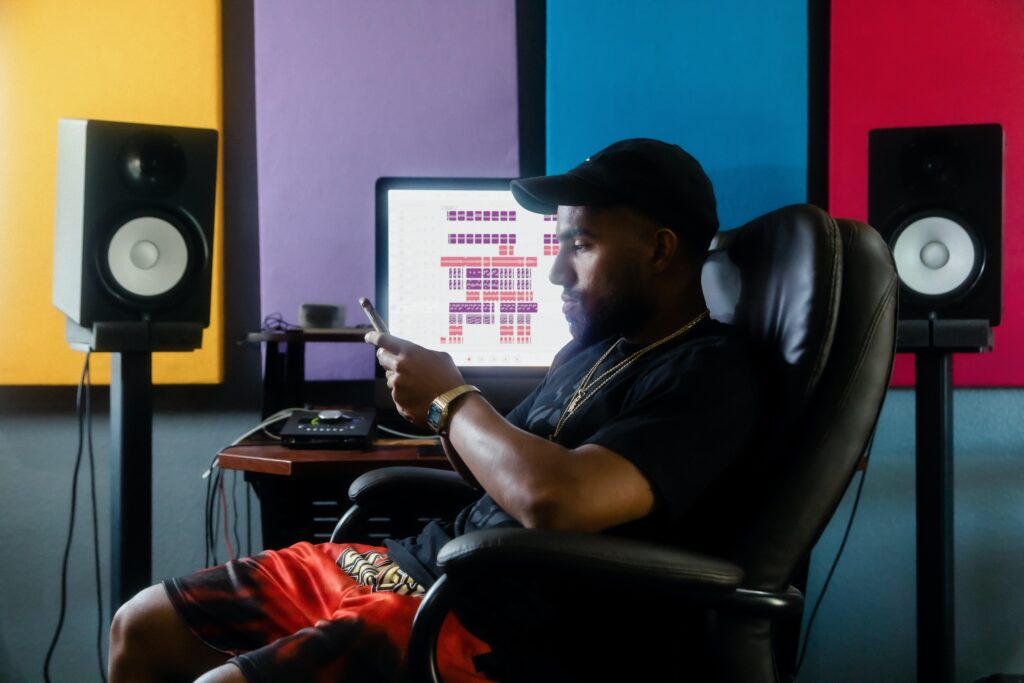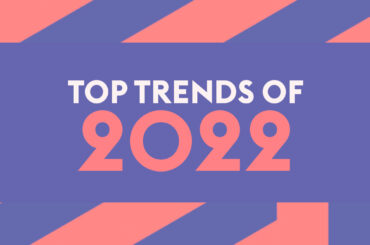We’ve all heard the terms “blockchain”, “cryptocurrency” and “Bitcoin” at least once over the last couple of years. You know, the new type of encrypted currency that has to be mined with a powerful computer and whatnot. But let’s not fool ourselves–most of us don’t truly understand what all the fuss is about. This digital world is moving really fast and it’s normal to get a bit lost sometimes. Now we are hearing about NFTs and how these tokens are going to revolutionize entire industries by changing the way we share and consume pretty much everything. It can be a little overwhelming, not gonna lie. But don’t worry, BAM to the rescue to break it down for you. Let’s find out more about NFTs and the music industry, and what you need to know!
What is an NFT?
An NFT is a “Non-Fungible Token”. Like, so obvious, right? Right… let’s explain a bit further. A non-fungible token is a form of cryptocurrency. Think of cryptocurrency as an incredibly fancy box that cannot be tampered with or broken into, and where you can store information securely. This box of information can hold about anything you can think of: money, art, music, contracts, essays, or even your secret stash of embarrassing pictures. NFTs have been the talk of the town in recent weeks and even the comedy show Saturday Night Life took a shot at explaining it with a parody of Eminem’s hit “Without Me”. But let us take our shot too.
Let’s take a step back.
A fungible asset refers to anything that is interchangeable with another unit of that same asset. A $10 bill can be exchanged for two $5 bills. Or a US dollar can be swapped for its equivalent in any other currency for example.
Conversely, a non-fungible asset refers to something of a distinct value. Meaning, there are no two exactly the same. Think of an NFT like a first edition book signed by the author, a print of a painting signed by the artist, or a limited-edition vinyl record signed by all the members of the band. It is possible to create a bunch of NFTs of a work, or only one — but whoever owns it can only transfer it, and never copy it.
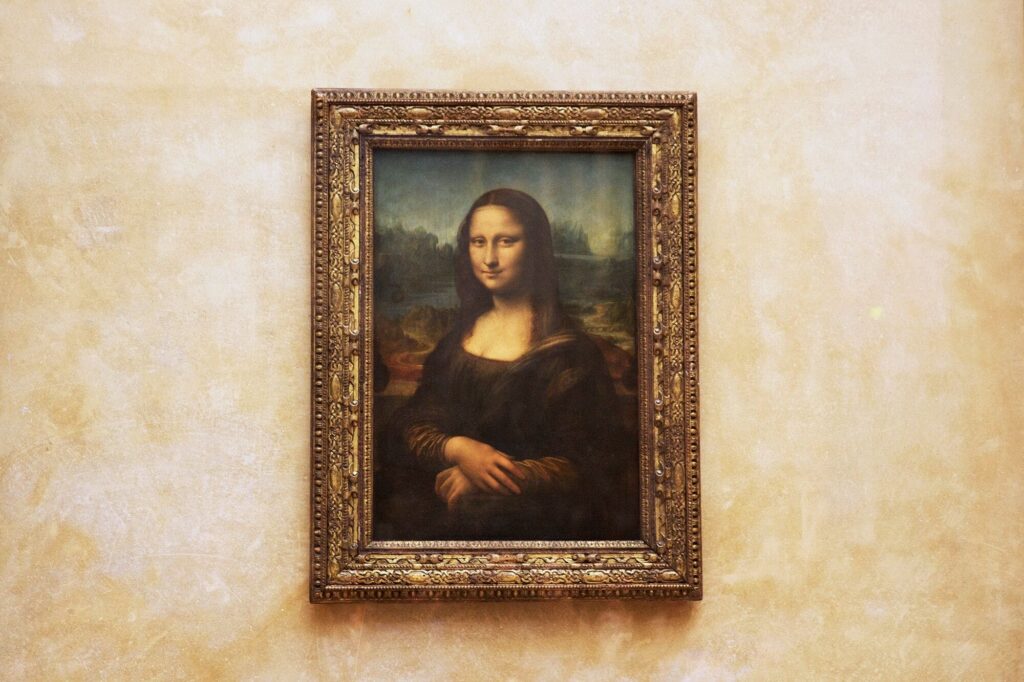
Let’s use the Mona Lisa as an example. It is a non-fungible asset because there is only one original copy of this painting and it cannot be replicated. Also, the Mona Lisa will not lose value if someone tries to repaint it or takes a photo of it since it won’t be an original. All of its unique aspects make it non-fungible by nature and impossible to trade. Even if you wanted to trade it for a similar asset, no other famous painting would be of the exact same value.
Now, bring in the blockchain.
Bear with us, we know it’s complex. Blockchain technologies brought new and radical implementations that weren’t possible before. One of those is the creation and distribution of tokens. Perhaps you’ve heard of one very famous little token called Bitcoin. This token is attached to money value, making it fungible. But following the same process, we can create tokens for non-fungible assets. This allows us to create digital certificates that represent these unique assets. See it as absolute proof of authenticity for digital content that can be owned, bought, sold, or traded.
Any transaction history and the embedded metadata stored in the blockchain are completely verifiable by anyone in the world at any given moment. With this, the possibilities are truly infinite. Already, NFTs are being used to create industries around digital art, collectibles, gaming skins, digital land, and many more to come.
Why pay for a digital file?
One question that often comes up is “Why would anyone pay thousands of dollars for a file that everyone has access to?” Yes, it can be difficult to immediately grasp and understand the value of NFTs. But it comes back to the concept of digital scarcity. Publishing media to the blockchain can make it scarce and valuable just the way media was before the internet allowed everyone to pirate it. And the really neat thing is that not only does it make this media scarce and valuable, but also universally accessible. Anyone can enjoy this media, but an individual can now also OWN that media. Before blockchain, it was nearly impossible to assign a value to a digital file. The content could have some subjective value to someone but in itself, it was worth nothing. Well, not anymore.
Voilà, now you know a bit more about NFTs. We tried to make it short and sweet, but if you need a little more info check out this beginner’s guide to NFTs.
Enter, the Music World
It is no secret that the COVID-19 pandemic hit the music business really hard. After almost entirely losing live music for all of last year, which happens to be the industry’s most profitable sector, many artists and companies have struggled to continue. So the arrival of this new market of NFTs could offer a new form of revenue to compensate for that loss. Plus, it provides a rare opportunity for fans to support artists directly. These days, artists in the music industry receive an average of only 12% of all profits from the sales or streams of their music. Everything else mainly goes to middlemen corporations like streaming platforms and labels.
Web 2.0 vs Web 3.0
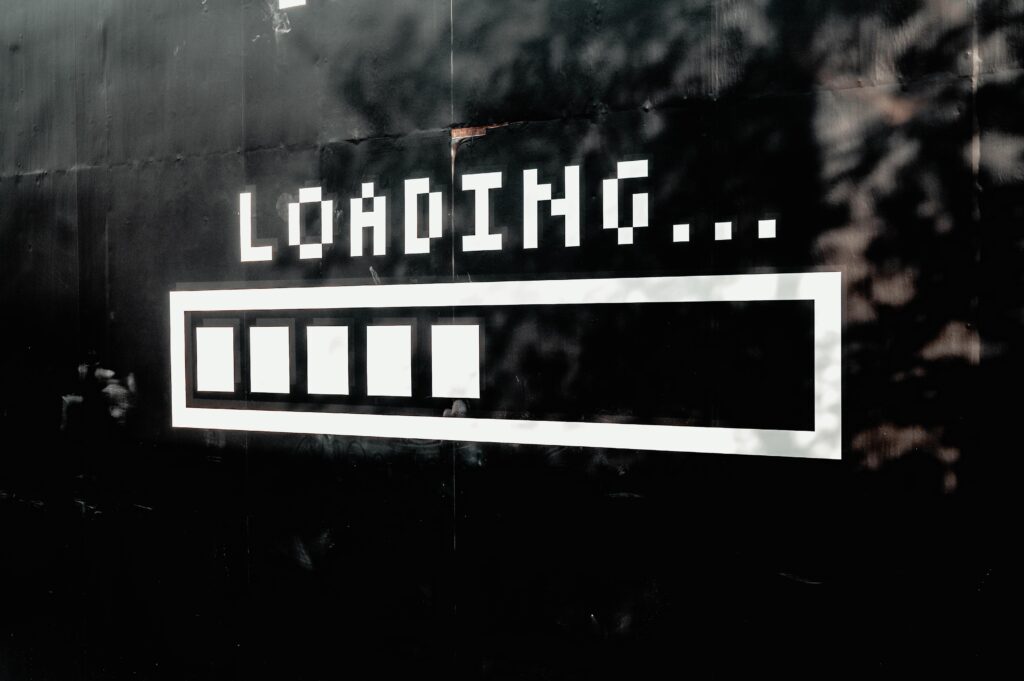
What we call Web 2.0 is none other than the shift the music industry underwent from physical sales to streaming. A lot of artists thought that they could take advantage of it and generate more revenue. Sadly, the bottom line was that Web 2.0 failed them. As mentioned before, the growth of streaming platforms actually made it harder to find out who is owed what and by whom since there are many different ways of managing this data. Plus, some of these platforms technically own the rights of what you upload to them (just like Instagram does with your pictures). If those platforms go down or are deleted forever you can say goodbye to your media and followers.
In the music industry, if SoundCloud or Mixcloud were to disappear tomorrow, DJs and producers would lose all of their tracks and mixes. Alternatively, if a new platform appears, you have to start from scratch. Re-upload everything without the possibility of taking your followers with you. That’s where Web 3.0 comes into play.
An upcoming utopia for artists?
Discussions around a “decentralized” alternative – known as Web 3.0 – are nothing new. But the explosion in popularity of NFT auctions clearly fast-tracked the conversation. The theory is that a peer-to-peer network stores every file. Kind of like a torrent if you want. It also means that the lack of centralized data and traffic leaves a lot more liberty for the users. They aren’t tied to any one platform and they can control their own digital footprint.
This would allow artists to control every aspect of their music, including setting customizable streaming rates per track for example. They also could create smart contracts that automatically split and pay global royalties in real-time and even assign a “secondary sale” royalty rate for every future sale of a NFT to the original creator. Of course, most of these tools are still in development but NFTs could be the very first step towards Web 3.0.
Bringing new opportunities
As you understand by now, these unique digital collectibles bought and sold on blockchain present a new opportunity for artists. They can get creative, engage fans and earn direct revenues. NFTs in the music industry can take on many forms: ticket sales for concerts (virtual and physical), sample packs, previews of unreleased songs, and art. But it’s not only limited to that. Some artists like Shawn Mendes, Ozuna, and deadmau5 are already getting in on the action. Let’s see some examples of artists using NFT.
The first ones to jump on the occasion were electronic artists like top earners 3LAU, Steve Aoki, and the aforementioned deadmau5. They each sold a collection of NFTs for over 7 figures each. 3LAU alone racked up over $11. 6 million with 33 NFTs of his Ultraviolet album. Where can we sign up?
Mike Shinoda, the co-founder of Linkin Park, raised $30,000 by auctioning a 37-second teaser of an unreleased song paired with an animation. He tripled his revenues with only a preview of the original song. I mean, doesn’t it leave you speechless?
Think of it like owning a one of a kind item in a game … It’s a weird thing to own, yes, but– here’s the crazy thing. Even if I upload the full version of the contained song to DSPs worldwide (which I can still do), I would never get even close to $10k after fees by DSPs, label, marketing, etc.”
Mike Shinoda
But they’re not the only ones. Kings of Leon allegedly dropped the first album ever as an NFT in March 2021. We say allegedly because some other artists have also claimed they dropped theirs before. In any case, this is a huge step for artists. The album comes with digital artwork, the full digital album download, and a physical copy of a limited-edition vinyl. But they not only offered that, they also offered 6 “golden tickets” as NFTs. These NFTs, should you get your hands on one of them, are redeemable for “four front-row tickets at any Kings of Leon headline show, anywhere in the world, once per tour.” Quite the unique opportunity you might say.
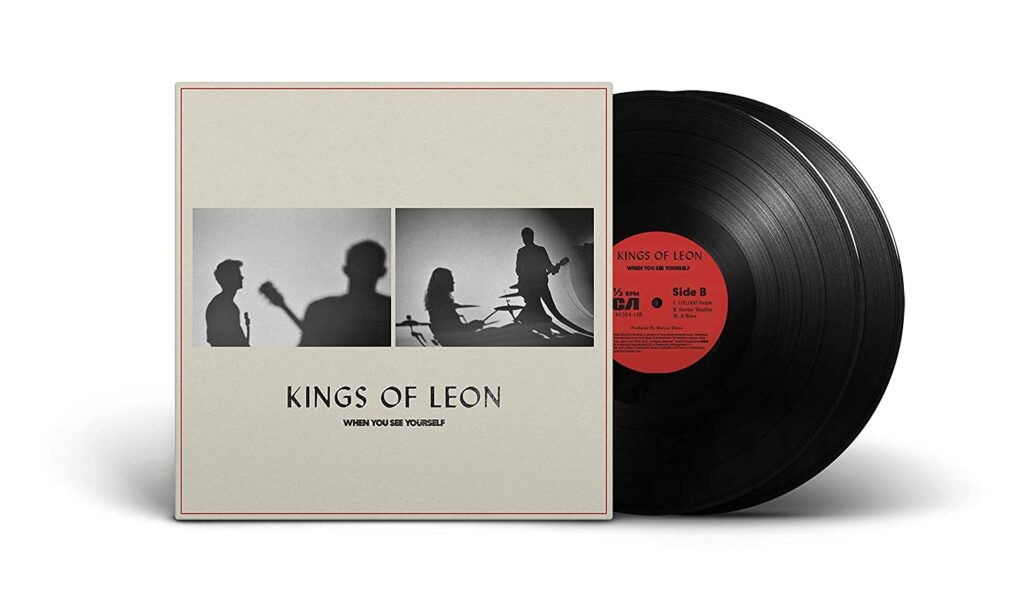
Calvin Harris is the latest artist to get in on the fun. The Grammy-winning producer collaborated with music video director Emil Nava on an NFT called “Technofish”. It is currently up for auction and they promoted the effort with an appearance on the popular Clubhouse program, Good Time Show.
Is selling art and music the only way?
In simple terms, not even close. Other artists have opted for different solutions like selling intellectual property as NFTs. Through Bluebox, a suite of blockchain-based tools launched by Ditto Music, artists can sell a percentage of the rights to their music. Bluebox uses the blockchain to record full or fractional ownership of recorded music and/or publishing copyrights and splits royalty payments accordingly. These people holding a share of the song will be more prone to promote it and become ambassadors for the artist. Quite a mind-blowing concept if you ask me.
“What we’ve created here is ultimately a way for thousands of fans to invest into music as an asset.”
Lee Parsons, CEO of Ditto Music
You also have producers selling sample beat packs to the highest bidder. Illmind, the grammy-nominated producer, was the first to offer one as an NFT. Anyone can listen to the beat pack, but ownership and the rights to use the pack only go to the person who bought the NFT. Currently, licensing music or transferring ownership is, pardon my language, a pain in the ass. But this sale in particular could have a major impact on the way music is licensed and sold.
Even rapper Ja Rule is putting the infamous Fyre Festival Cheese Sandwich Tweet up for auction. He described it as a “Meme. Cultural touchstone. Cheese sandwich”. And he’s not the only one putting up memes for auction. Chris Torres, creator of the timeless Nyan Cat meme, auctioned a tokenized version of it and earned $580,000.
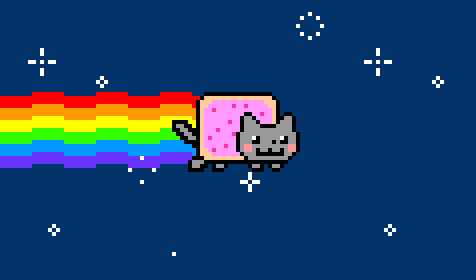
Too good to be true?
Of course, not everything is flowers and rainbows. Yes, NFTs can actually be great for a bunch of stuff (like ticketing too) and they can help artists have another source of income. But there is a big BUT to all of that. There are two distinct problems regarding NFTs in the music industry. One has to do with how NFTs are created directly, and the other has to do with their application to the music industry. Let us explain.
First, adopting these new digital systems is ecologically devastating. The footprint of one single-edition NFT, on a blockchain using a proof-of-work, is equivalent to an entire month of electric power consumption for one EU resident. The emissions from it are equivalent to driving 1000km (over 600 miles). So, imagine if the artist decides to sell his work as editions or as a Superrare deal… these emissions would increase exponentially, resulting in a true and severe environmental impact.
Secondly, NFTs are often driven by status and hype, not by merit. Therefore, it stands to reason that emerging artists wouldn’t fare well. Also, the marketplaces themselves present barriers for small names. Some are highly curated, while others charge a hefty up-front fee to set up an account as a buyer. Plus, NFTs create this manufactured scarcity we mentioned, which we’re not sure if we’re comfortable with. A live show with a seating cap is normal. But a Livestream with a limited number of tickets, for a higher price? No ma’am. It would just exclude many of the artists’ fans when it is not necessary.
What to keep
Some of the NFTs being offered today might feel frivolous, agreed. But the logic of buying NFTs is similar to other physical goods. For example, many fans might want to buy a limited-run collector’s edition vinyl even though they can stream the same album for (almost) free. The popularity of NFTs also fits the trend of hype-driven brands like Supreme. These rare items are a symbol of status and keepsake. Others might see NFTs as an investment, hoping that someday they will profit from them.
In any case, NFTs and blockchain are something you need to be aware of. Whether you like it or not, they are a step towards the future of the music industry and you better be prepared. Blockchain-based streaming services are also emerging. One of the most promising is Audius, whose advisors include artists Deadmau5, Rezz, RAC, CEO of Beatport Robb McDaniels, co-founder of Twitch Justin Kan, and Avicii’s former manager Ash Pournouri. Due to its decentralized nature, the theory is that it will eventually become self-sufficient, giving full artist control to set their own price points for everything from individual tracks to one-on-one IRL experiences. According to Audius CEO Roneil Rumburg, over 100,000 artists have uploaded their tracks and over four million people use it to listen to music every month.
Our take? More people becoming aware of blockchain and the potential for a genuine, artist-first, digital existence is one of the most positive things to come out of this NFT gold rush. We hope you enjoyed discovering NFTs with us. If you want to be up to date with the top NFT artists, you can check them out here. Until next time!
